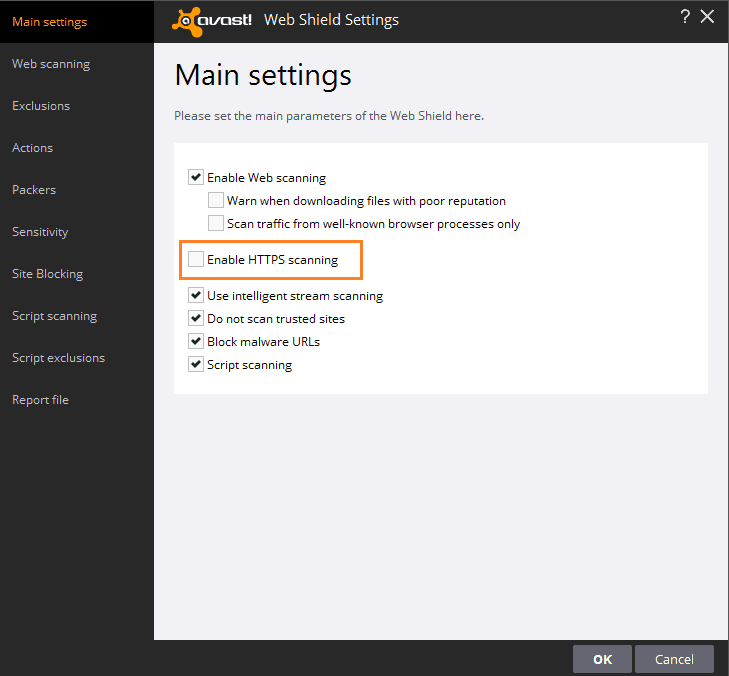How To Disable Firewall For Chrome On Mac
Configuring the Application Firewall in Mac OS X v10.5 Make sure you have updated to Mac OS X v10.5.1 or later. Then, use these steps to enable the application firewall. Sometimes, Google Chrome is set to use proxies you don’t need, affecting how you connect to the internet. Follow this guide to learn how to disable proxies in Google Chrome on Mac. If the orange padlock icon in the lower left side of the window is closed, click it, and then authenticate with your Mac's administrator username and password. This will allow you to make changes. Click Turn On Firewall (10.7 and later) or Start (10.6) to enable the firewall. How to turn off sound for certain programs mac. Click Turn Off Firewall (10.7 and later) or Stop (10.6) to disable the firewall.
Apple provides built in firewall in Mac that protects your computer from online threats while browsing or accessing any online application. Mac OS v10.5.1 and later includes an application firewall that helps you to control connections while using applications. This default feature makes it easier to gain the benefits of firewall protection and prevent unwanted apps from taking control of network ports open for authorized apps.
If you are looking for a way to enable or disable firewall on your Mac, you may easily do it by following the steps mentioned below. How to enable or disable firewall in Mac OS X v10.6 or later? If you are using Mac OS version 10.6 or later and want to turn on or off firewall on it, you may easily do it by following the below given steps: • From the Apple menu, select “ System Preferences.” • Click “ Security or Security & Privacy.” • Select the “ Firewall” tab. • In the bottom left corner, click the lock to unlock the pane and then enter the administrator username and password.

• Click “ Turn On Firewall” or “ Start” to enable the firewall or Click “ Turn Off Firewall” to disable it. • Moreover, you may customize the firewall configuration by clicking “ Advanced.” How to enable or disable firewall in Mac OS X v10.5? You may turn on or off firewall in Mac OS X v10.5 by following the below given steps: • On your Mac, select “ System Preferences” from the Apple menu. • Select “ Security” and then click the “ Firewall” tab.
Wireless external hard drive for mac. Find great deals on eBay for wireless external hard drive mac. Shop with confidence. For pre-2011 MacBook Air and MacBooks, you need a USB 2.0/3.0 drive, for pre-2011 MacBook Pro and desktops, that is the FireWire 800 model, and for every single new Mac, a Thunderbolt 2 drive is the speediest for refreshed Macs (Mac Pro, MacBook Pro, more up to date MacBook Air models, more current iMacs), while Thunderbolt is quickest for. The Seagate Wireless Plus matches the LaCie in that it was released to the market in 2014 and is placed third for a wireless external hard drive for Mac. The Wireless Plus replaces Seagate's previous wireless product the Go Flex Satellite Mobile Wireless storage - yes quite a mouthful. SSK Wireless Hard Drive Adapter WiFi External Drive Router, Auto-Backup with USB Host Port, Support SD/CF/TF Card Reader/HDD/USB, with Personal Wi-Fi Hotspot, Change Normal Storage to Personal Cloud by SSK.
• Select what mode you would like the firewall to use. Advanced Settings If you want to customize more firewall settings, you may block all incoming connections and allow specific application from advanced settings. Block all incoming connections You may “ Block all incoming connections” to prevent all sharing services such as File Sharing and Screen Sharing from receiving incoming connections.
Following are the services that are still allowed to receive incoming connection. • configd, which implements DHCP and other network configuration services • racoon, which implements IPSec • mDNSResponder, which implements Bonjour In order to use these sharing services, make sure “ Block all incoming connections” is unchecked. Allowing specific applications By following the below given steps, you may add the application to allow it to receive incoming connections: • On your Mac, open “ System Preferences.” • Select the “ Security or Security & Privacy” • Select the “ Firewall” tab. • In the preference pane, click the “ lock icon” and then enter an administrator name and password. • Select the Firewall Options button and then click the “ Add Application ” button. • Select the app you want to receive incoming connection for, click “ Add” and then click “ OK.” Now read.